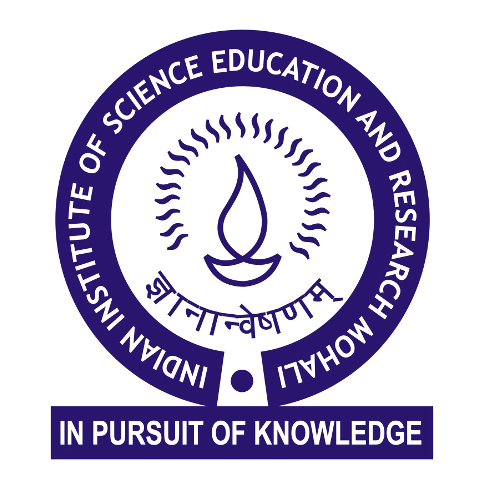Events Calendar
Generalized Einstein Relations for Spectroscopy, Quantum Dots, and Excited State Thermodynamics
Monday 25 November 2024, 11:00am - 12:00pm
Prof. David M. Jonas, Professor, Chemistry, and Institute Fellow, Renewable and Sustainable Energy Institute (RASEI) University of Colorado Boulder, USA.
Faculty Profile / Research Group Website / GoogleScholar Profile
Location : AB2-5B
Abstract: We have derived single-molecule relationships between absorption and thermal equilibrium emission spectra by using detailed balance with Planck blackbody radiation and the quantum connection between stimulated and spontaneous emission.[1] These thermodynamic relationships between spectra resolve the conflict between infinitely narrow lines, a finite spontaneous emission rate, and the time-energy uncertainty principle. They contain Einstein's relationships for line spectra as a limiting case and predict the Stokes' shift between broadened absorption and emission spectra. For Boltzmann statistics, they allow direct measurement of the standard free energy change upon electronic excitation. These single-molecule relationships do not apply directly to inhomogeneously broadened 1D spectra, but their validity can be probed with 2D spectroscopy, as we have demonstrated for colloidal PbS quantum dots[2] For molecules that satisfy three criteria, they supply a theory of ensemble fluorescence that connects it to absorption without adjustable parameters, thus allowing us to substantially improve the NIST and BAM calibration procedures for fluorescence spectrometers.[3] For other molecules, recording their ensemble lineshapes and ensemble Stokes' shift under suitable conditions can provide information on molecular heterogeneity and the single-molecule lineshape. We have tested the spectroscopic standard free energies for a photobase by replacing Förster’s approximate cycle for excited state proton transfer equilibria with a true thermodynamic cycle. Finally, the relations predict Stokes’ shifts so extreme that the forward and reverse transitions are both absorptive; molecular examples of this phenomenon will be discussed.
References:
1. Proceedings of the National Academy of Sciences of the USA 2024, 121, e2410280121.
2. Science Advances 2021, 7, eabf4741.
3. Pure and Applied Chemistry 2012, 84, 1815.Thank you.
References:
1. Proceedings of the National Academy of Sciences of the USA 2024, 121, e2410280121.
2. Science Advances 2021, 7, eabf4741.
3. Pure and Applied Chemistry 2012, 84, 1815.Thank you.
website policy
Connect with us
IISER Mohali, Knowledge city, Sector 81, SAS Nagar, Manauli PO 140306
Telefax : 2240266, 2240124
-
+91 - 172 - 2240266
- +91 - 172 - 2240266


